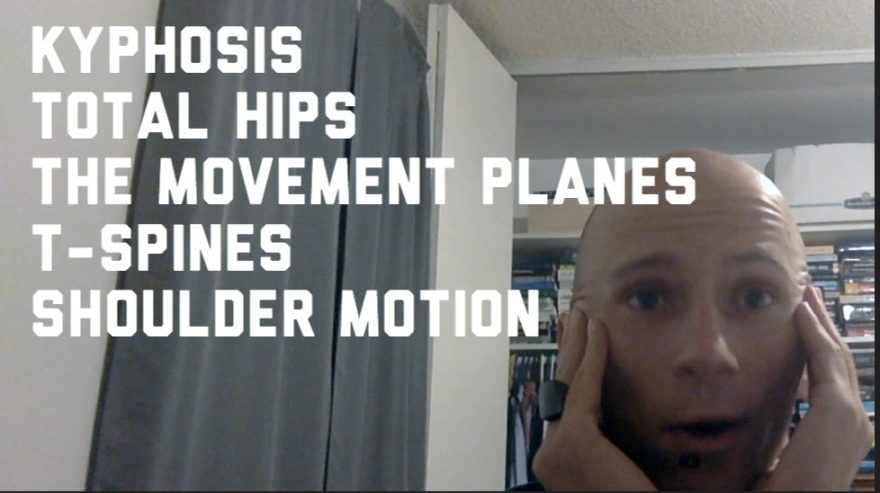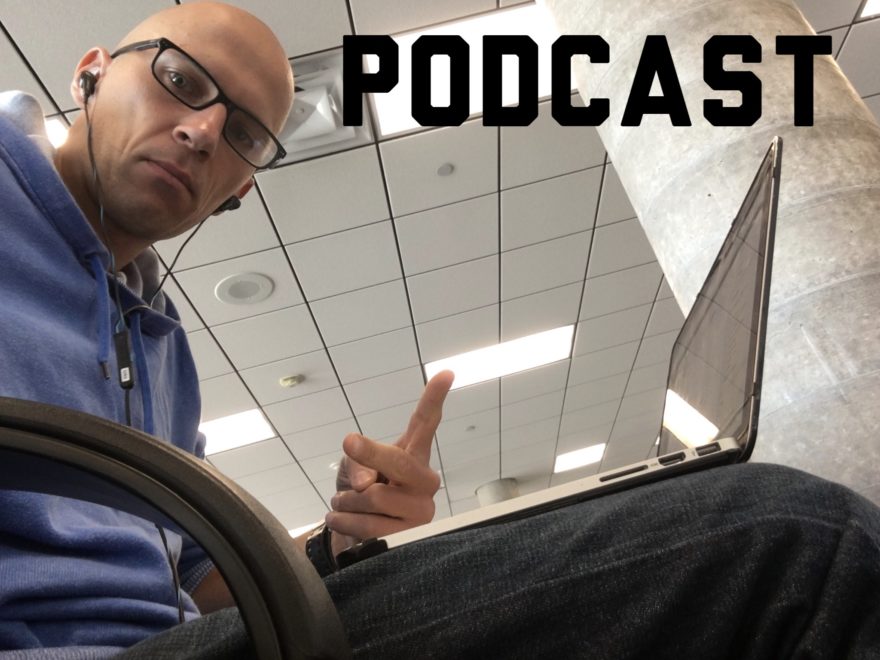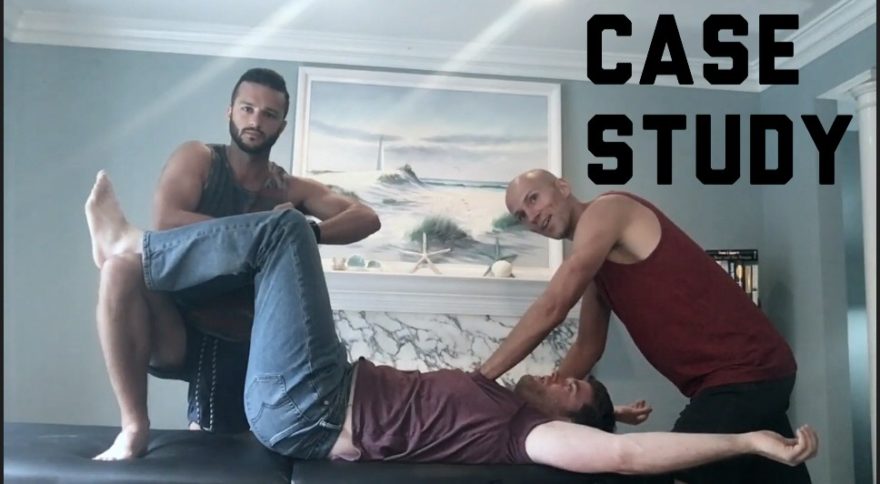Tag: treatment

Kyphosis, Post-Rehab Total Hips, and Coordinating Three Planes- Movement Debrief Episode 26
Movement Debrief Episode 26 is in the books. Here is a copy of the video and audio for your listening…

The Guide to Physical Therapy School
So peeps, I’m going on vacation this week. So instead of a debrief, I present to you the first legit…

How to Fix Neck Pain After Lifting – A Live Treatment
While in the Hamptons, my main man Cody Benz started developing some neck trouble. We thought it might be helpful…
